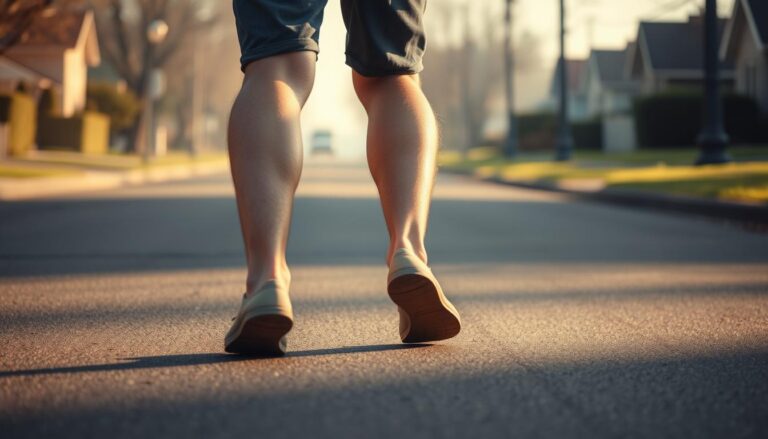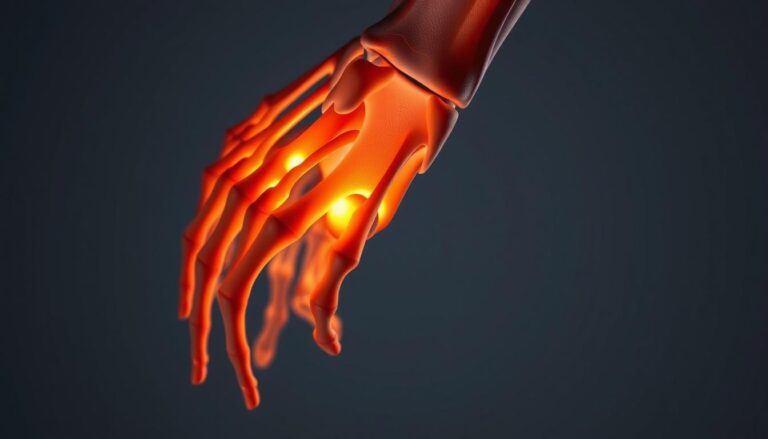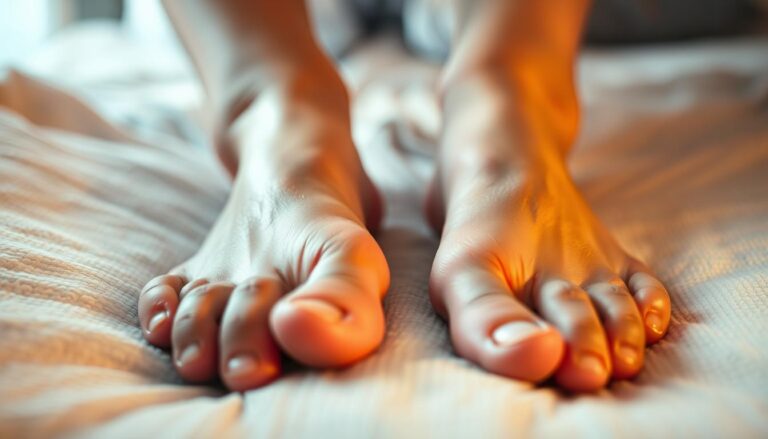Why Are My Hamstrings So Tight While Walking?
Why Are My Hamstrings So Tight While Walking?
The hamstrings, consisting of semitendinosus, semimembranosus, and biceps femoris, are located at the back of the thigh. They play a crucial role in extending the hip and bending the knee. When these muscles shorten or stiffen, it restricts normal movement. This restriction can cause walking to become awkward and painful, especially during long walks or after prolonged sitting.
Several factors contribute to hamstring tightness, including muscle overuse, prolonged sitting, and poor posture. Previous strains also play a role. Tight muscles alter how we walk, leading to discomfort in the legs and potential strain on the hamstrings. Age and muscle imbalances, particularly weak glutes, further exacerbate the issue. Nearby muscles compensate, leaving the hamstrings tense.
To avoid tight hamstrings while walking, incorporating simple measures is beneficial. Start with a gentle warm-up, alternate walking with dynamic stretches, and focus on strengthening the hips and core. Regularly performing stretches like standing toe reaches or seated hamstring stretches can enhance flexibility. For quick relief, foam rolling or light massage can be effective, offering a natural remedy without the need for medication.
If stretching and rest do not alleviate discomfort, consulting a physical therapist is advisable. They can evaluate your gait, recommend specific exercises, and identify any underlying issues. Adopting small daily habits, such as breaking up sitting periods, incorporating hip-strengthening exercises, and using thoughtful stretches, can significantly improve the flexibility of the hamstrings. This makes walking more comfortable and effortless.
FAQ
Why Are My Hamstrings So Tight While Walking?
Tight hamstrings while walking stem from muscle shortening, poor posture, and movement patterns. The hamstrings control hip extension and knee flexion. When they shorten, due to sitting, weak glutes, or gait imbalances, they lose range and feel tight. Dehydration, muscle fatigue, recent activity increase, or low back issues exacerbate this.
What Are Common Hamstring Tightness Causes?
Causes include prolonged sitting, inadequate warm-up, muscle imbalances, and nerve tension from the lower back. Previous strains or scar tissue also play a role. Aging and reduced flexibility from inactivity contribute. Footwear or uneven terrain can alter gait, loading the hamstrings more.
How Can I Improve Hamstring Flexibility Safely?
Enhance flexibility with a blend of active and passive methods. Leg swings and butt kicks warm up muscles. Follow with gentle static stretches post-exercise. Strengthen glutes and core to correct imbalances. Consistency is key: short daily routines are more effective than long sessions. If pain or numbness occurs, stop and consult a professional.
Which Stretches Help Tight Hamstrings?
Effective stretches include standing hamstring stretch, seated forward fold, supine hamstring stretch, and dynamic leg swings. Hold static stretches 20–30 seconds without bouncing. Combine these with hip-flexor stretches and glute mobility drills for a comprehensive approach.
What Remedies Relieve Tight Hamstrings Naturally?
Natural remedies include gentle foam rolling, hot baths or heat packs, consistent stretching, and hydration and protein for muscle recovery. Walking with proper posture reduces hamstring tension. Rest and gradual return to activity after overuse are essential.
Can Walking Cause A Hamstring Strain?
Yes. While sprinting is more common, sudden walking intensity, uphill walks, or poor mechanics can strain hamstrings. Symptoms include sharp pain, swelling, bruising, and knee bending difficulty. Seek evaluation for acute pain or mobility issues.
How Do I Prevent Tight Hamstrings While Walking Regularly?
Prevent tightness with proper warm-up, balanced strength routine, stretching after walks, and varied terrain and pace. Wear supportive shoes and consider gait analysis for persistent discomfort. Regular movement breaks during sitting periods prevent hamstring shortening.
When Should I See A Healthcare Professional?
Consult a doctor or physical therapist for severe tightness, sharp pain, persistent weakness, numbness, or swelling. Seek care for hamstring tightness after falls or acute injuries, or when conservative measures fail. A professional can assess nerve involvement, tendon issues, or referred pain from the lower back.
Are Nerve Problems Responsible For Hamstring Tightness?
Nerve tension, often from the lumbar spine, can mimic or enhance hamstring tightness. Sciatic nerve irritation causes deep, burning tightness or shooting pain. Signs include tingling, numbness, or pain that changes with spine movement. Imaging or a neurological exam may be needed for persistent cases.
Which Exercises Strengthen The Posterior Chain To Help Tight Hamstrings?
Strengthen the posterior chain with glute bridges, Romanian deadlifts, single-leg deadlifts, and hamstring curls. Focus on controlled movement and hip-hinge mechanics. Strong glutes and a stable core reduce hamstring load and improve walking comfort.



